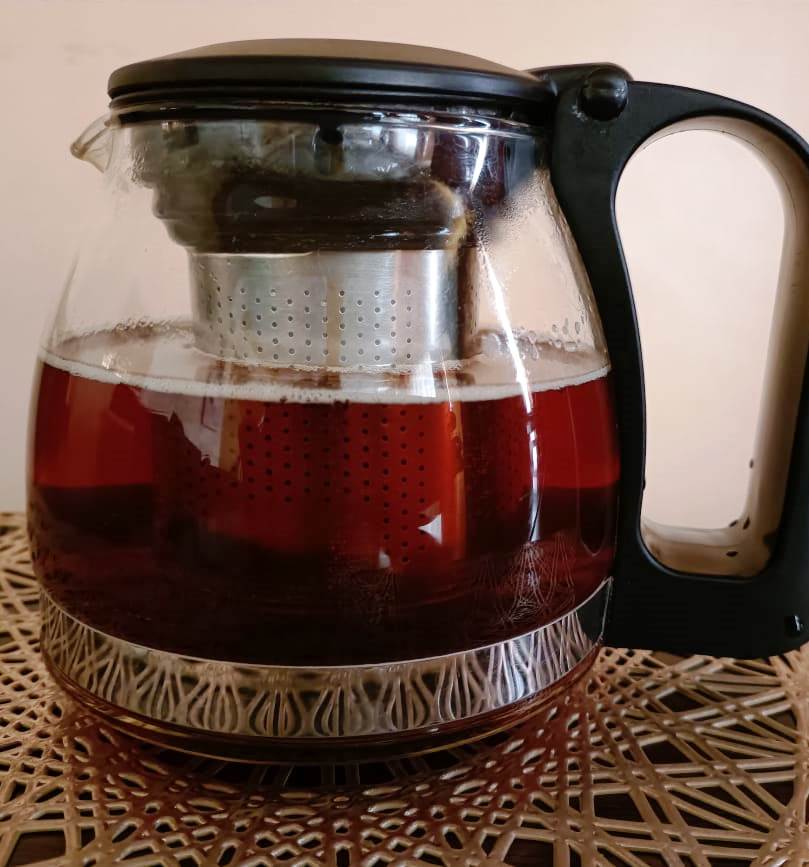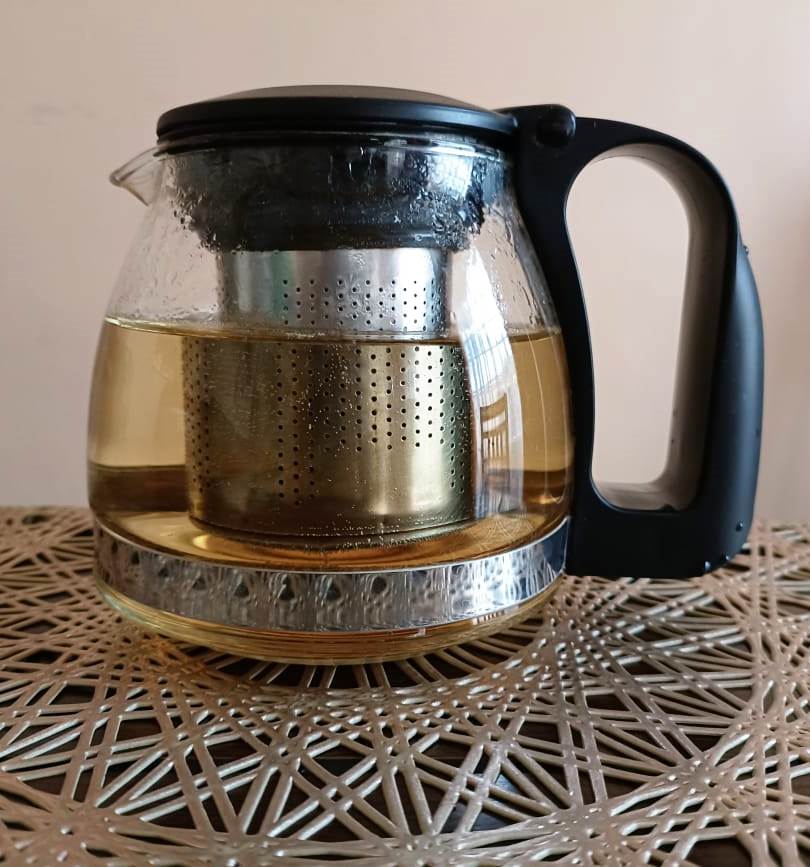Orthodox tea is made from the leaves of the camellia sinensis plant. It is essentially a traditional and artisanal method of tea production that is known for its meticulous processing, rich flavor profiles, and high-quality leaves. It stands in contrast to the more mechanized and standardized production methods often seen in the production of CTC (Crush, Tear, Curl) tea.
Key Features include:
- Handcrafted Processing: Orthodox tea is typically hand-processed, which includes plucking the tea leaves, withering, rolling, oxidizing, and drying.
- Whole Leaf Appearance: Orthodox tea leaves are kept largely intact during processing. This results in whole, unbroken leaves or large leaf pieces, giving the tea a more visually appealing appearance compared to the small, broken leaves often found in CTC tea.
- Flavor Profiles: The hand-rolling and processing of orthodox tea leaves allow for a wider range of flavor profiles. These can vary greatly depending on factors such as the type of tea (e.g., black, green, oolong), terroir, and processing techniques. Common flavor notes include floral, fruity, earthy, nutty, and spicy, providing a complex and nuanced taste.
- Aroma and Astringency: Orthodox tea often boasts a well-defined aroma, with pleasant fragrances that complement the flavor. It can have a balanced astringency, which enhances the overall tasting experience.
- Caffeine Content: Orthodox tea typically contains caffeine, but the levels vary depending on the type of tea and the length of oxidation.
- Preparation Process: Brewing orthodox tea requires attention to detail. The brewing temperature, steeping time, and the amount of tea used all influence the flavor of the final cup. These teas are best steeped with water just below boiling (185-212°F or 85-100°C), and the steeping time may range from 1-5 minutes, depending on the tea type.




